All Stories
-
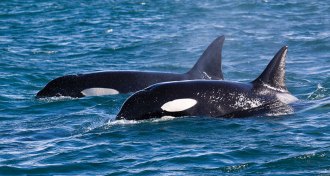 Animals
AnimalsA killer whale gives a raspberry and says ‘hello’
Tests of imitating sounds finds that orcas can sort of mimic humans.
By Susan Milius -
 Health & Medicine
Health & MedicineBabies’ kicks in the womb are good for their bones
A new study adds to the evidence that fetal workouts are important for strong bodies.
-
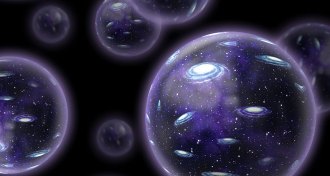 Astronomy
AstronomyUniverses with no weak force might still have stars and life
An alternate universe that lacks one of the four fundamental forces might still have galaxies, stars, planets and perhaps life, a new study suggests.
-
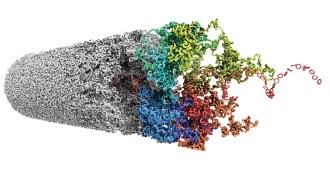 Life
LifeHere’s how cells rapidly stuff two meters of DNA into microscopic capsules
Scientists have figured out how cells quickly pack up their chromosomes before a cell divides.
-
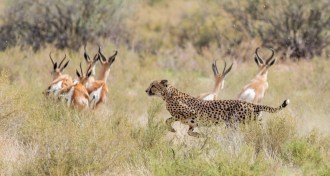 Animals
AnimalsSlower speed, tricky turns give prey a chance against cheetahs and lions
A bonanza of data on wild predators running shows that hunting is more than sprinting.
By Susan Milius -
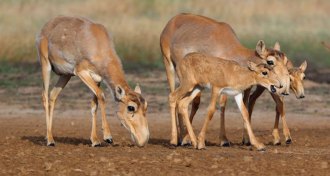 Animals
AnimalsHere’s why so many saiga antelope mysteriously died in 2015
Higher than normal temperatures turned normally benign bacteria lethal, killing hundreds of thousands of the saiga antelopes.
-
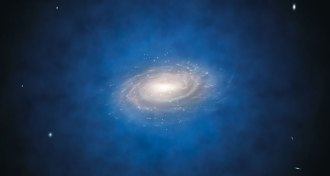 Particle Physics
Particle PhysicsClumps of dark matter could be lurking undetected in our galaxy
Dark matter, assumed to form featureless blobs, might clump together into smaller objects.
-
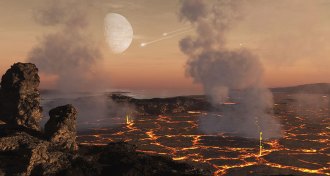 Earth
EarthLife may have been possible in Earth’s earliest, most hellish eon
Heat from asteroid bombardment during Earth’s earliest eon wasn’t too intense for life to exist on the planet, a new study suggests.
-
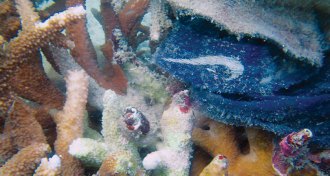 Environment
EnvironmentPlastic pollution increases risk of devastating disease in corals
Researchers estimate about 11 billion pieces of plastic are polluting Asia-Pacific corals, raising the risk of disease at scores of reefs.
By Dan Garisto -
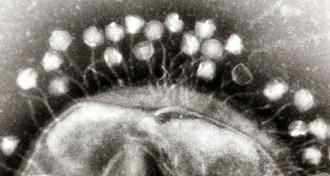 Genetics
GeneticsScientists find 10 new defense systems used by bacteria
Scientists identify 10 groups of genes that appear to govern defense systems used by bacteria against virus attacks.
-
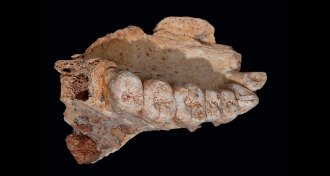 Anthropology
AnthropologyAn ancient jaw pushes humans’ African departure back in time
If an ancient jaw found in an Israeli cave belongs to Homo sapiens, the humans left Africa tens of thousands of years earlier than we thought.
By Bruce Bower -
 Earth
EarthOverlooked air pollution may be fueling more powerful storms
The tiniest particles in air pollution aren’t just a health threat. They also strengthen thunderstorms, new research suggests.